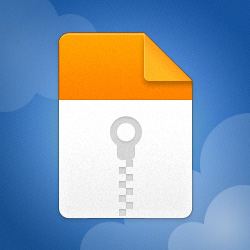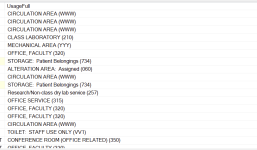kimono
Well-known member
Good evening, Openbor fans;
I'd like to return a projectile to its launcher.
The projectile will return in the opposite direction and may injure the enemy.
The change of direction and the candamage changes simply by attacking it.
This is how the knife entity is made up:
Have you ever coded something like this?
I think @Kratus did something like this in SORX.
I'd like to return a projectile to its launcher.
The projectile will return in the opposite direction and may injure the enemy.
The change of direction and the candamage changes simply by attacking it.
This is how the knife entity is made up:
Code:
name knife
health 1
type none
shootnum 10
candamage player obstacle
projectilehit 0
remove 0
shadow 0
alternatepal data/chars/soldier/alt1.gif
alternatepal data/chars/soldier/alt2.gif
alternatepal data/chars/soldier/alt3.gif
##ANIMATIONS#############################################################################
anim idle
loop 1
delay 5
offset 4 4
bbox 0 0 16 5
attack1 0 0 16 5 2 1 0 0 0 0
frame data/chars/weapons/knife.pngI think @Kratus did something like this in SORX.





